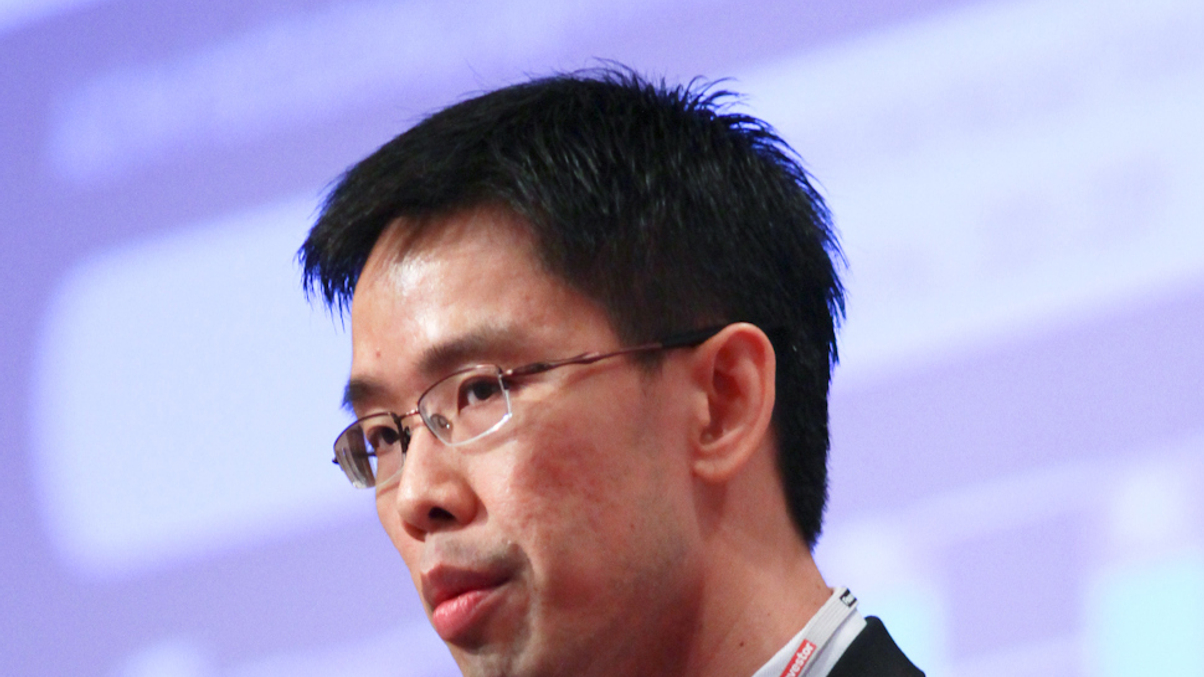Asia mutual fund assets to hit $1.9 trillion by 2017
Following last year's reversal of a three-year fall in mutual fund assets in Asia ex-Japan, Cerulli Associates expects industry growth to continue at a healthy pace.

Research house Cerulli Associates has forecast a 67% rise in mutual fund assets under management across Asia ex-Japan to $1.9 trillion by 2017, equating to average annual growth of around 13%.
Sign In to Your Account
Access Exclusive AsianInvestor Content!
Please sign in to your subscription to unlock full access to our premium AI resources.
Free Registration & 7-Day Trial
Register now to enjoy a 7-day free trial—no registration fees required. Click the link to get started.
Note: This free trial is a one-time offer.
¬ Haymarket Media Limited. All rights reserved.


